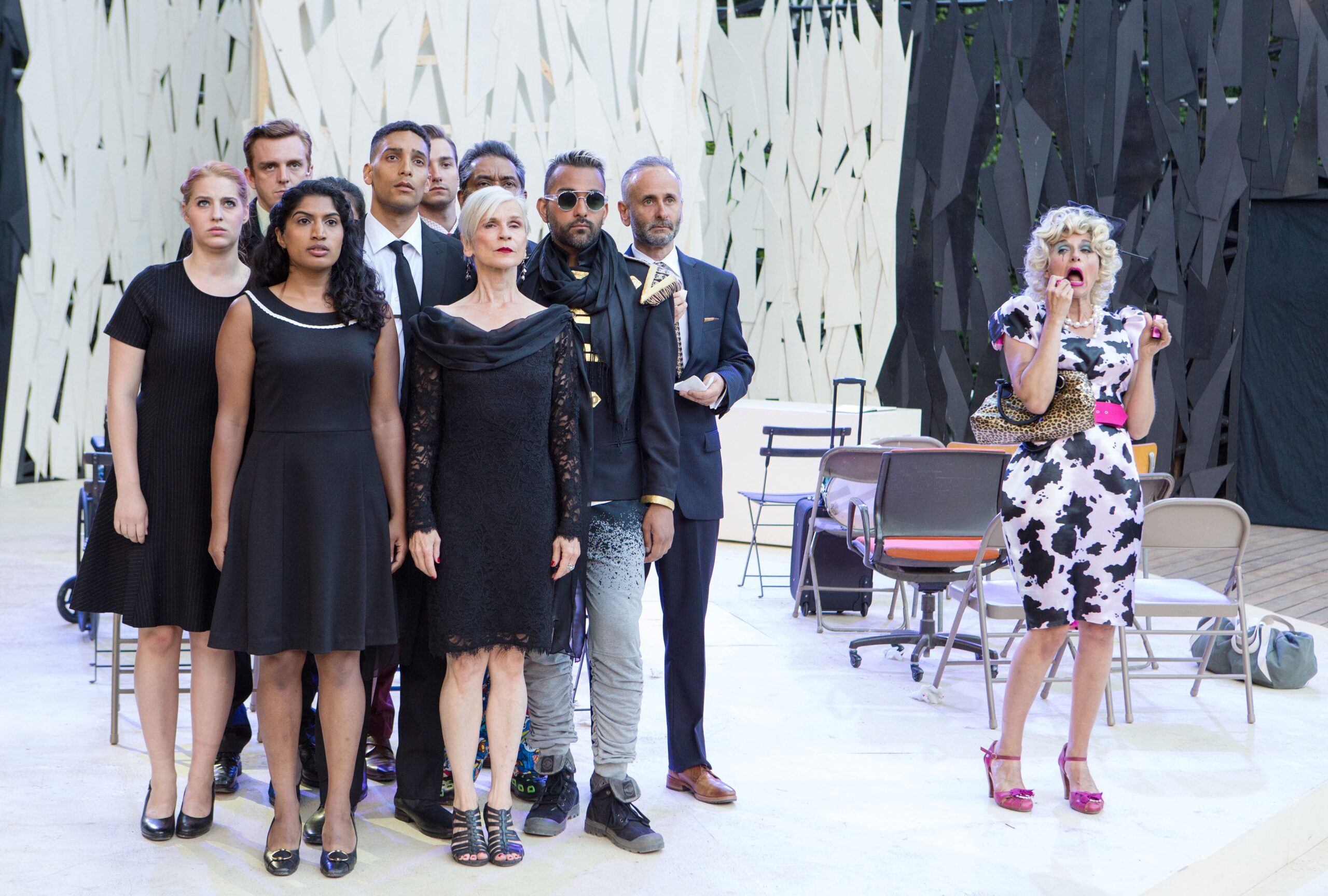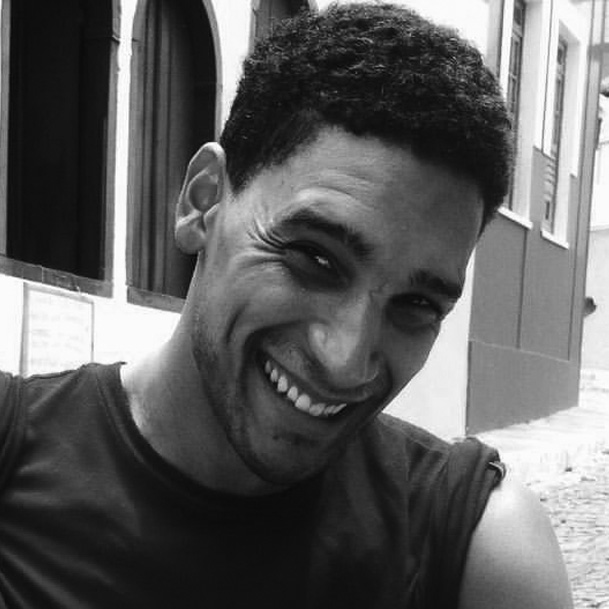The Torontonian
I’ve lived in Toronto a long time, and I’ve noticed that most Torontonians, when asked where they’re from, claim first their country/province/city of “origin” before saying they live in Toronto. I too am in denial about being a full Torontonian. I first say I am from Thunder Bay but really I identify as a Parkdalian. I am neither a big-city boy nor a GTA commuter but another artist wacko from a hipster multicultural neighbourhood. When I walk down the street from my house I am inundated by a flurry of languages from around the world and the sweet, sour, and spicy scents fill my nose from the local West Indian, East Indian, Tibetan, and great Canadian smokehouses. The diversity of this city fills my heart with joy, and I’ve come to realize that my favourite projects to create and to work on are the ones that reflect the city’s diverse history and cultural explorations of self.
One of my first theatre experiences in Toronto came when I was quite young, a little before I was a tween. My mother and I had gone to a park in Scarborough to play Frisbee and a small group of ten or fifteen people had gathered to watch a troupe of actors performing Shakespeare. I was entranced by the poetry of the language—I definitely didn’t understand everything but I got enough. My mother asked if I knew what they were saying and what surprised her was that by the end I could summarize what I had gleaned off of the half hour we had watched. My mother not knowing what she was getting into said if I enjoyed that then we should go see a whole show at Dream in High Park (now called Shakespeare in High Park). It was pure magic. Hundreds of people from all over Toronto and the surrounding area had come out and were sitting on the grass shoulder-to-shoulder, snacking, chatting, and laughing all together. I had grown up in a very racially aware household, my mother had given me “the talk” when I was at least six or seven years old. The talk that said I am “different,” that I should fear the police, that I am just another black man about to commit a crime in the eyes of society. But seeing the diversity of the audience gave me something that could fight the fears I had been raised with: the possibilities of a positive integration through art. The play was A Midsummer Night’s Dream and it entranced me, the magic sunk deep into my heart, and a few years later I would perform in my first play as Bottom in MND.
The theatre bug had struck me and has never left my heart since. I have been given the opportunity to work with many kids across the GTA with various outreach programs and now as an adult my best learning moments are with younger audiences. I had worked on an outreach program for at-risk youth. The program was designed to give the students a chance to learn about theatre and performance and as an added bonus they received an honorarium and we would have a big meal before each meeting. For most of the kids the program was an excuse to get some cash and free food but I also saw some truly incredible work come from those kids as they started to open up and tell their stories with poetry, scene work, and movement. My job was to give them tools and theirs was to create, and boy did they. They wrote poetry and learned how to move in space, choreographing a physical and audio soundscape that represented them and their neighbourhood. Some described life walking to school and how to avoid the crazy crackheads and others spoke of the family they made in their group home. Whether or not those boys and girls continue on to be performers their stories of struggle, joy, hope, and frustration moved me and gave me a real appreciation for the many sides of this city I was able to see through their lens. Oh yeah, and how I will never be cool.

Alon Nashman, Kaleb Alexander, Mina James. Photo Cylla von Tiedemann
My awareness of race and societal norms has always been prominent due to the heavy influence from both my parents ensuring my recognition of the racial inequalities present in society. I have always tried to bring this awareness into the work I do, not as a matter of conflict but more as a matter of consciousness. Being an actor of colour, many times I find myself in rehearsal rooms that are very white, which is simply the reality of the nature of casting at times. A common buzzword I have heard is that the show has been colour-blind cast but in many cases this is simply not true because it can feel like colour-casting in order to fill a quota. I’ve worked with kids, youth, and adults, and it seems everyone is constantly trying to make sense of what they are seeing on stage, and I like to bring that into the room and ask that question, what are people seeing, how does the character’s race affect what the story is telling. It is important for me that we are not blind to the work we are creating but aware of the story being told. At times I feel like we as a society are so far advanced and racial/gender politics are moving forward but then comes the wave of shootings across the US of young black men, the disappearances of indigenous women. There is so much more work to be done as a society to move forward and in this day and age of Black Lives Matter and All Lives Matter (ugh) it is important to bring into perspective that the individuals playing the roles are not without a history nor will they be seen without prejudice. For myself I cannot just play a role, what I do will have layered implications as I don’t believe we as people or a community are far enough advanced to see beyond what meets the eye. I am proud and happy to see new and old theatre companies in Toronto putting more diversity on the stage if not to simply reflect the city we live in and reflect the people living in it but also to give more opportunities to tell stories not solely unique to the whiter western European experience.
This summer I have been so pleased to look across the rehearsal table and see so much colour in the room for Shakespeare in High Park’s productions of All’s Well That Ends Well and Hamlet. Not only have we broken down walls of racial diversity with these productions but we have examined gender roles as well as the troubling issue of masculinity and how steep a journey to darkness it can lead us if gone unchecked.
Toronto is a great testing ground to challenge old ideas and, as much as I can be in denial about being a Torontonian, I am so happy to be in a diverse rich city that offers so many new and challenging pieces of theatre to help all voices feel at home and heard.









Comments